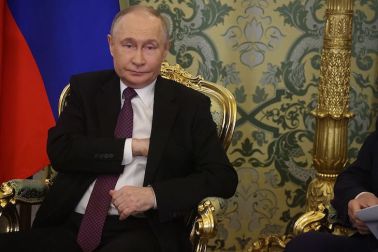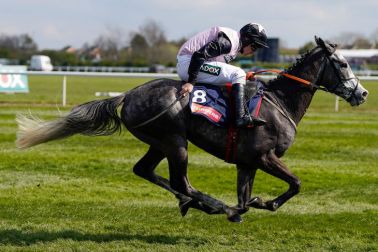‘Not something I’d want on my wall,’ said an English lady visitor to Antwerp’s Rockox House, standing in front of a painting of wolves attacking cattle.
‘Not something I’d want on my wall,’ said an English lady visitor to Antwerp’s Rockox House, standing in front of a painting of wolves attacking cattle. ‘Nor that,’ said her friend of another painting showing lions feasting on a live gazelle. I didn’t dare tell them that I’d come to Belgium specially to see a whole exhibition of paintings by the artist responsible, Roelandt Savery (1576–1639), in his native Kortrijk.
‘Kortrijk where? Roelandt who?’ you may be asking. If Savery’s name rings a bell, chances are it’s less for his contribution to painting in general than for his contribution to painting dodos in particular, ten of which, by appearing in his pictures, have helped preserve his name from extinction. But if you go to Kortrijk — a quiet, charmingly untouristy former linen town just across the border from Lille — on a hunt for dodos, you’ll be disappointed. Leaving out the exhibition’s fake stuffed specimen, the dodo count in this display of 40 works — which comes to Kortrijk’s Broelmuseum from the Národní Gallery in Prague — is one. And besides, the curators informed me, the bird was dead.
By the time Savery painted ‘Orpheus Playing to the Animals in a Landscape’ in Prague in 1611, the singleton dodo that appears in this picture — assuming it had survived the trip from Mauritius to Emperor Rudolph II’s aviary — was almost certainly stuffed. But in the ten years Savery spent as a painter at the Prague court he had plenty of opportunity to draw other exotic species. The imperial menagerie at Prague Castle included a lions’ courtyard, a birds’ courtyard and a game park roamed by camels and cheetahs.









Comments
Join the debate for just £1 a month
Be part of the conversation with other Spectator readers by getting your first three months for £3.
UNLOCK ACCESS Just £1 a monthAlready a subscriber? Log in